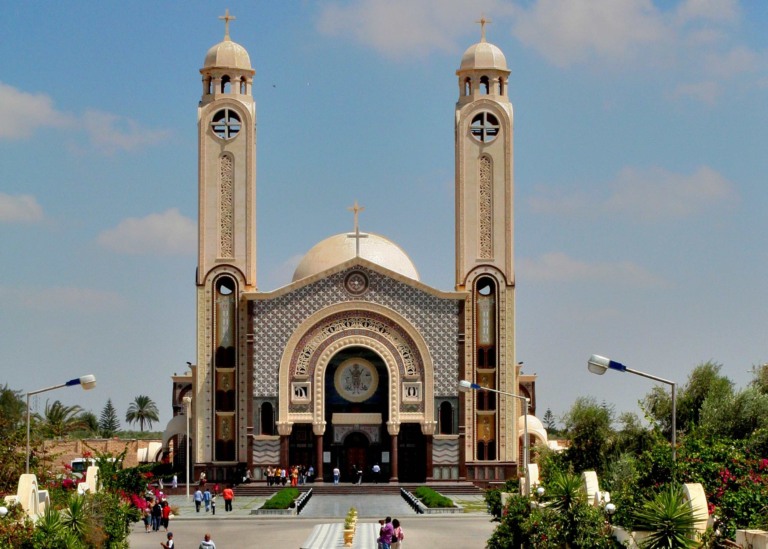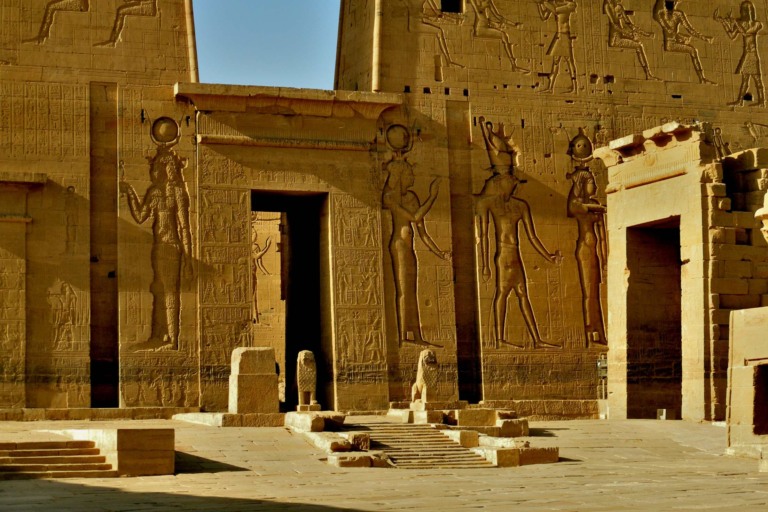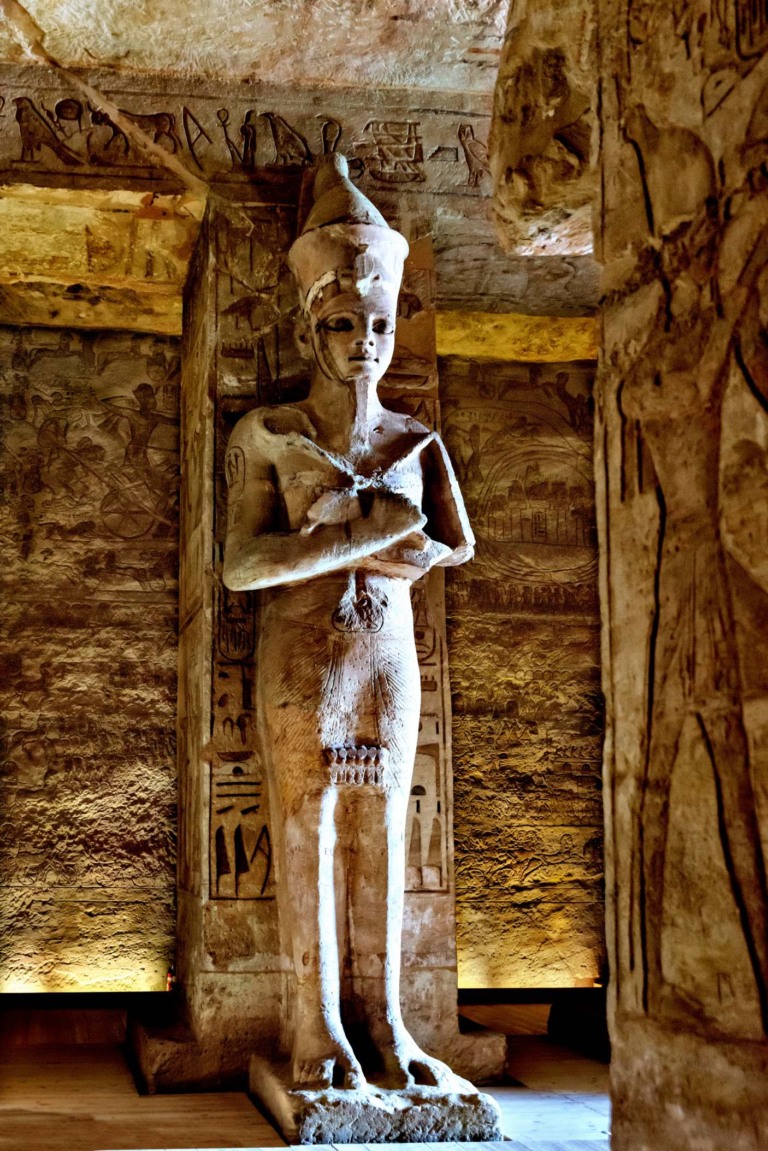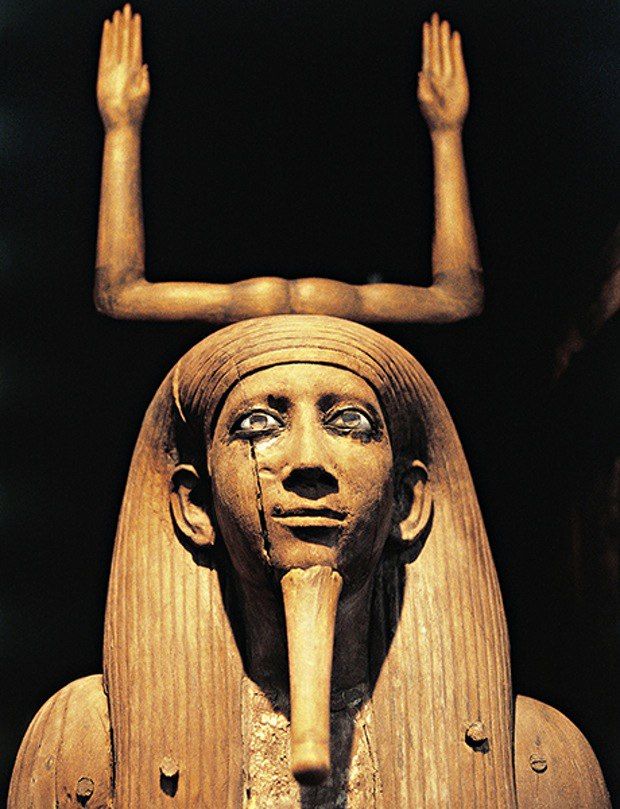Abu Mena

Abu Mena is an Egyptian UNESCO site with the remains of a church, monasteries, houses, and workshops built on the tomb of Saint Menas of Alexandria.
Ancient Egypt linked northeast Africa and the Middle East during the Pharaohs. The Nile River Valley has millennia-old, famous historical monuments.

Abu Mena is an Egyptian UNESCO site with the remains of a church, monasteries, houses, and workshops built on the tomb of Saint Menas of Alexandria.

Whale Valley, also known as Wadi Al-Hitan, stands as a remarkable paleontological site in the Faiyum Governorate of Egypt. Not only is it recognized for its breathtaking desert landscapes, but, more importantly, it holds a treasure trove of fossils, particularly those of ancient whales. The fossils found here are of paramount significance, offering insights into the evolutionary journey of whales from land-dwelling mammals to marine creatures. The region’s geological formations, rich in sandstone and limestone, showcase the remnants of an ancient sea. The valley itself is named after the Basilosaurus, an 18-meter-long whale, with the fossils revealing spines on its tail and the remains of sea creatures in its stomach. Whale Valley provides a unique window into the past, where ancient whales like the Basilosaurus traversed the waters. Over 390 whale fossils from various species, dating back around 40 million years, have been unearthed at the site. Here’s a detailed overview:

St. Catherine's, an Eastern Orthodox Christian monastery on Egypt's Sinai Peninsula. The Old Testament says Moses obtained the Tablets of the Law here.

Philae Temple is one of the most interesting old places to visit in Egypt, on Philae Island, which was a holy place for the Isis cult for thousands of years.

Ramesses II built Abu Simbel temple complex around 1264–1244 BC. Great Temple for himself, while the Small Temple honors his most important wife, Queen Nefertari

Nubian Monuments from Abu Simbel to Philae. Nubians are a group of people who have always lived in the area that is now north Sudan and south Egypt.

Egyptian Ka, Ba, and Akh represented different facets of the soul’s existence in the afterlife journey. The Ka needed sustenance to continue its existence in the tomb; the Ba was the aspect of the soul that could move freely and interact with the living; and the Akh was the ultimate goal of the soul’s transformation, leading to eternal life among the gods. Proper burial practices and funerary rituals were crucial to ensuring the well-being of these soul aspects and securing a favorable outcome in the afterlife for the deceased.